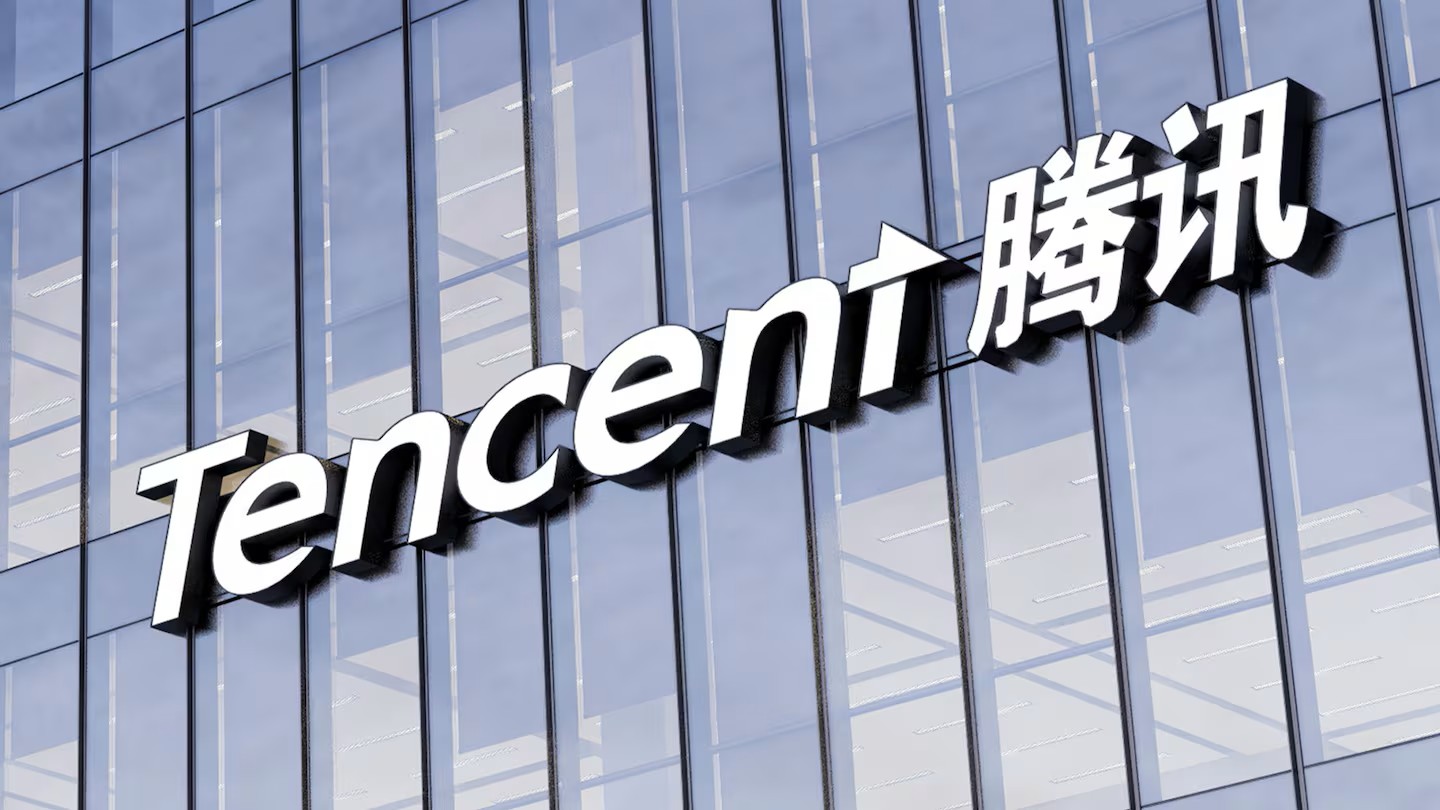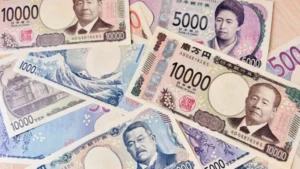The United States has escalated its campaign to curb China’s military ambitions by naming two of its most prominent companies, Tencent Holdings Ltd. and Contemporary Amperex Technology Co. Ltd. (CATL), as entities allegedly aligned with the Chinese military. This development reflects growing tensions between Washington and Beijing as they vie for supremacy in technology and national security.
The inclusion of these companies on the Pentagon’s 1260H list underscores Washington’s concerns about China’s military-civil fusion strategy. This policy, which seeks to eliminate barriers between civilian technological advancements and military applications, is central to Beijing’s efforts to modernize the People’s Liberation Army (PLA). While the listing does not immediately result in sanctions, it could tarnish the reputations of Tencent and CATL and create significant obstacles for their operations in the United States.
Tencent, known globally for its super-app WeChat and leadership in the gaming industry, saw its shares drop by 6.5% in Hong Kong following the announcement. CATL, a critical supplier of batteries to global automotive giants such as Tesla and Ford, experienced a 3% decline in its Shenzhen-listed shares. These market reactions highlight investor concerns over the potential ramifications of Washington’s allegations.
In a statement, Tencent strongly denied any association with China’s military, describing its inclusion on the list as a mistake. The company emphasized that it is not a military supplier and stated that the listing would not have an operational impact. Tencent also expressed its willingness to engage in dialogue with US authorities to address the issue. CATL has yet to respond publicly, but its role as a major player in the electric vehicle supply chain could draw further scrutiny, particularly given its partnership with Ford on a battery plant in Michigan.
This development is part of a broader strategic conflict between the US and China, where technology has emerged as a key battleground. In December, the Biden administration implemented sweeping export controls on US-made semiconductors, aimed at curbing China’s ability to develop advanced artificial intelligence and next-generation weaponry. At the same time, Beijing announced plans to restrict the export of technologies critical to rare earth mineral processing, a move that could impact the global electric vehicle industry.
Under Xi Jinping’s leadership, China has prioritized the integration of civilian and military sectors through its military-civil fusion strategy. This initiative, which has been elevated to a national strategy since 2014, seeks to harness private sector innovations to support the modernization of the PLA. By breaking down traditional barriers between commercial and defense industries, China aims to accelerate its technological and military capabilities.
Isaac Stone Fish, CEO of Strategy Risks, emphasized the fundamental differences between the PLA and the US military. Unlike the American armed forces, the PLA functions as the military arm of the Chinese Communist Party, allowing Beijing to compel private companies to contribute to its military goals. Stone Fish warned that US firms collaborating with Chinese companies, such as Ford’s partnership with CATL, face increasing risks in terms of regulation, economics, and public relations.
Despite the allegations, some experts believe that Tencent may have grounds to challenge its designation. Ivan Su, a senior equity analyst at Morningstar, argued that Tencent’s focus on social media and gaming makes it an unlikely candidate for military collaboration. Su compared Tencent’s situation to Xiaomi’s successful legal battle in 2021, when a US federal judge ruled that the Department of Defense lacked substantial evidence to classify the company as military-linked. This ruling ultimately led to Xiaomi’s removal from the list.
The designation of Tencent and CATL highlights the escalating stakes in the US-China technological rivalry. As both nations strive to dominate critical areas such as artificial intelligence, semiconductor production, and green energy technologies, the geopolitical implications extend far beyond their bilateral relationship. The intersection of technology and national security is poised to shape the trajectory of global power dynamics in the coming years.








